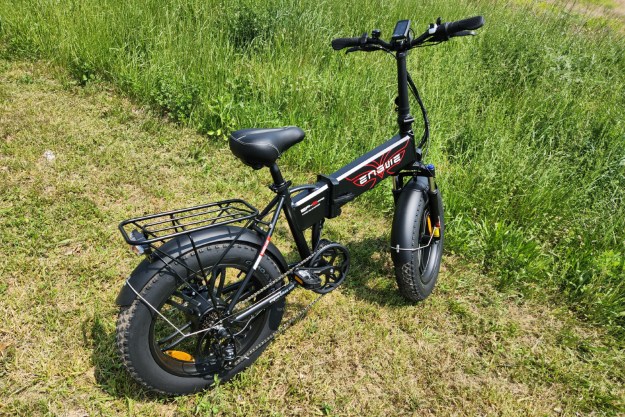
For years, the question has always been: How do you apply heat-activated, washing machine-tolerant adhesives to bonded Durable Water Repellent (DWR)-treated, lightweight fabrics without damaging the final product?
This is why Bemis developed its new Sewfree adhesive, Nylock. Its low-activation temperature increases the available options for creative clothing designers and boasts a temperature activation between 122 degrees Fahrenheit and 158 degrees Fahrenheit, depending on the production scenario. Furthermore, these numbers sit low enough for the athletic wear industry to safely use it in its nylons — for reference, Nylon 6 melts near 410 degrees Fahrenheit while Nylon 6,6 melts above 491 degrees Fahrenheit.

“A month ago, the market was unable to bond nylons in a substantial way,” Bemis sportswear global marketing manager Bill Fabiszewski told Digital Trends. “Now, the sky is the limit. Sewfree bonded baffles, self-fabric pockets, and unique finishing techniques are some of the most popular [uses] thus far.”
Fabiszewski added that while a lot of brands look to elevate traditional silhouettes like the T-shirt or classic crewneck sweatshirt, Nylock’s bonded seams produce new geometry possibilities for clothing. Despite the fact these classic designs remain some of the oldest silhouettes in clothing, Bemis wants to elevate them by adding a much more technical component.
There are tangible durability and performance upgrades from the potential widespread replacement of stitching with bonding. It means people should expect less seam abrasion from nylon constructed clothing soon. The high-flexibility seams created using the technique translate directly to results that users can look forward to — including reduced chaffing from their apparel.
Nylock and its Sewfree family give outdoor enthusiasts in colder climates reason to celebrate, as well. Fabiszewski even claimed a potential for greater insulation with products using its Sewfree technologies.
“Because traditional baffles are sewn, they contain tiny pinpoints where the thread goes through the fabric — this allows for points where cold can penetrate the garment,” he pointed out. “With bonded baffles, these cold spots are eliminated, and the garment also becomes inherently lighter due to the elimination of stitching.”

The removal of these pinpoint gaps in products like Under Armour’s Transition jacket has the added benefit of making it more difficult for unwanted precipitation to penetrate the seams of a garment. Considering its an item of clothing which relies on being dry to provide warmth, this aspect is utterly paramount to its longevity.
These high-tech textile constructions also result in premium products like Lucas Hugh’s Blackstar Leggings but the benefits of rapid progression in bonding are poised to go mainstream. Bemis says industry giant and early Nylock adopter Uniqlo has plans to implement the new adhesive on some of its jackets being introduced in the next few months.
Editors' Recommendations
- How to watch DJI unveil its new FPV drone live online today
- Samsung says it’s skipping IFA, Europe’s biggest technology show
- Nissan unveils its next-gen technology, including a virtual reality passenger


